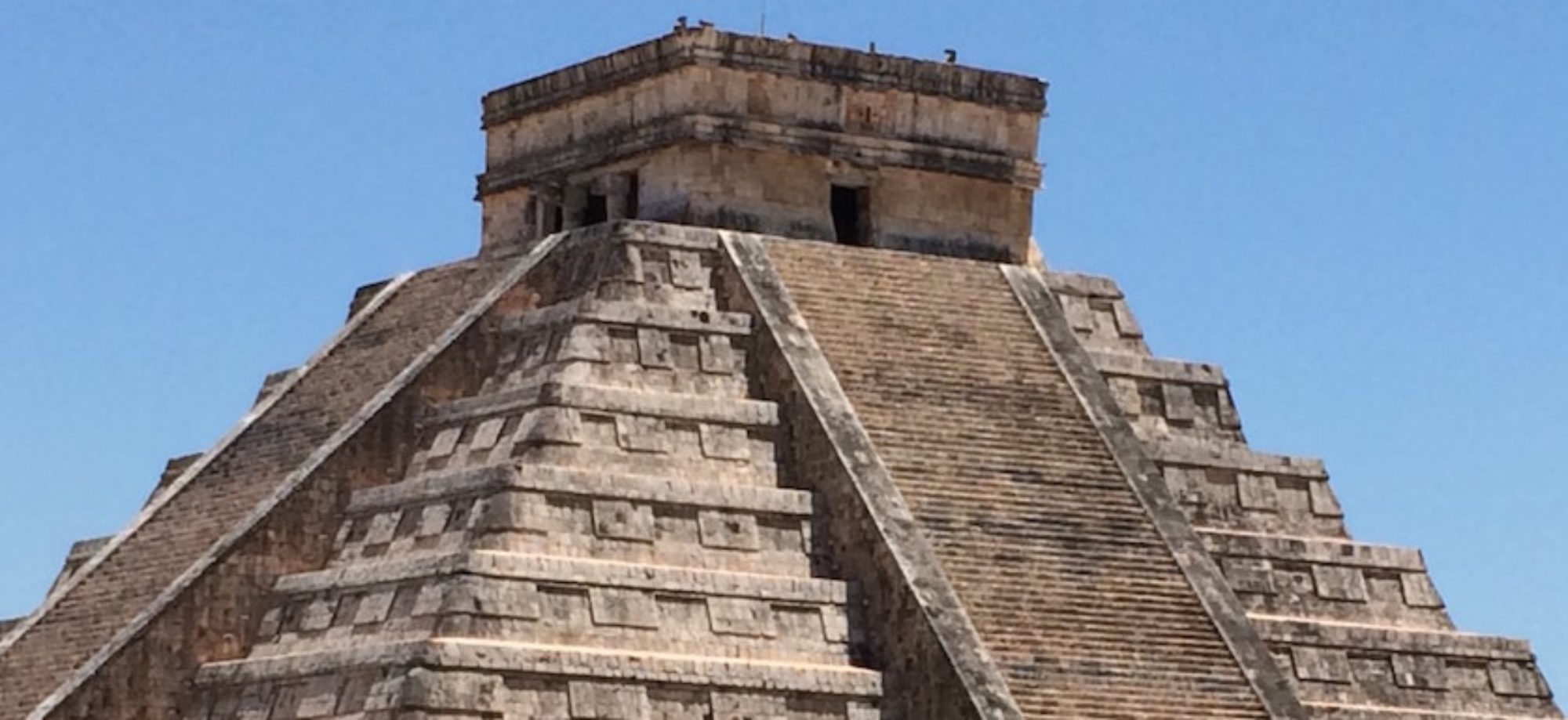December 10, 2022 Professsor Gerardo Aldana: “K’uk’ulkan and other feathered serpents”
The Postclassic Mayan hieroglyphic manuscript known as the Dresden Codex contains the most thorough treatment of Venus astronomy from all of ancient Mesoamerica. These Venus Pages are argued by historians and archaeoastonomers to have found their origins at Chich’en Itza — a site known for its representation of feathered serpents and historical records drawing connections to K’uk’ulkan. We know further that K’uk’ulkan and Quetzalcoatl were intimately connected to Venus during the Mesoamerican Terminal Classic and Postclassic periods. Yet there is no reference to K’uk’ulkan/Quetzalcoatl anywhere in the Dresden Codex — and definitely not in the portions dedicated to Venus. In this talk, he excavated a role of K’uk’ulkan in the Dresden Codex Venus Pages from historical context and calendric evidence even without the mention of his name or depiction of his image. He argued that the connection lies in a discovery made by a Mayan astronomer during the 10th century, which was affiliated with the transformation of the city to its Postclassic grandeur.
Gerardo Aldana is professor of Chicana/o Studies at the University of California, Santa Barbara. He is the author of Calculating Brilliance: an intellectual history of Mayan astronomy at Chich’en Itza, and The Apotheosis of Janaab Pakal: Science, History and Religion at Classic Maya Palenque, among other books and articles. Professor Aldana’s academic intervention has been to introduce a history-of-science-based approach to the study of Ancient Mayan astronomy. Following methods developed to study modern and ancient sciences, he investigates astronomical records relative to their historical, political, religious, and economic contexts in addition to reconstructing their internal logic and quantitative utility.
A recorded version for Members only is available at Meeting Archives.

